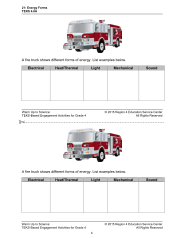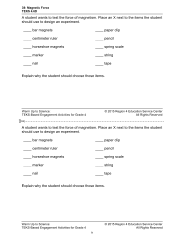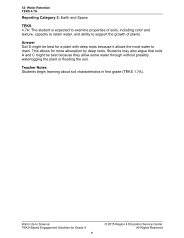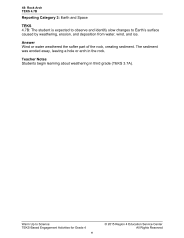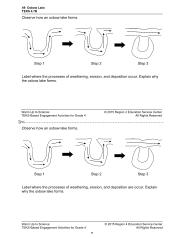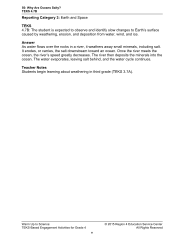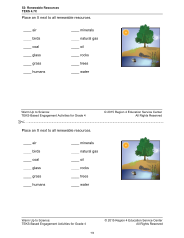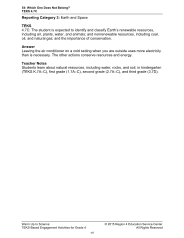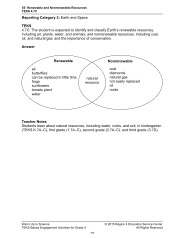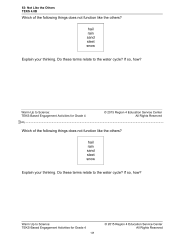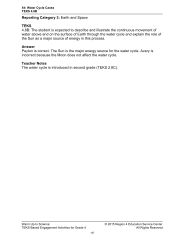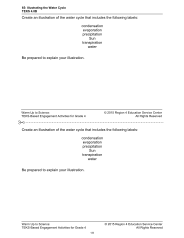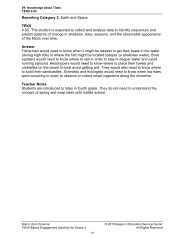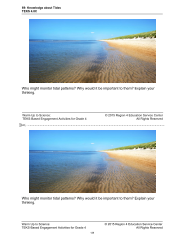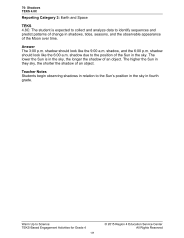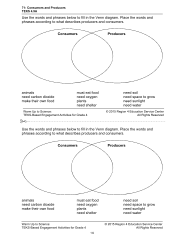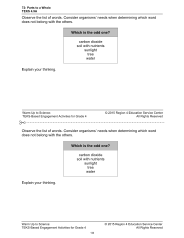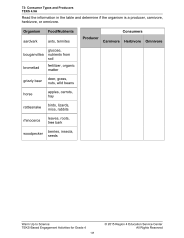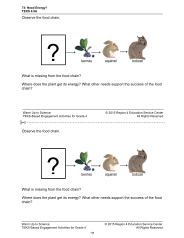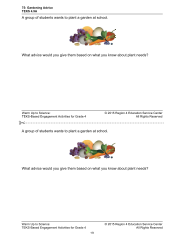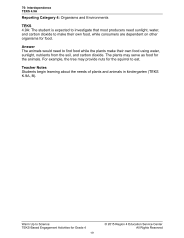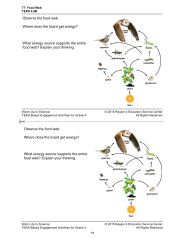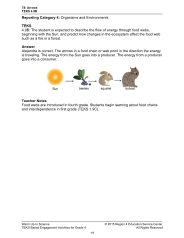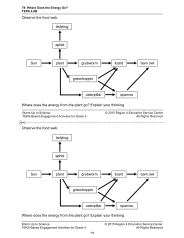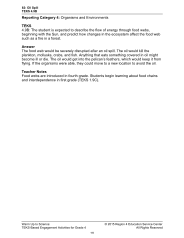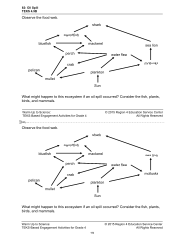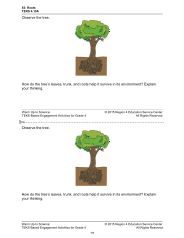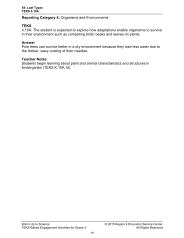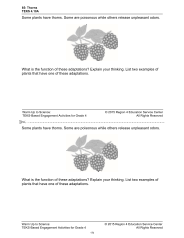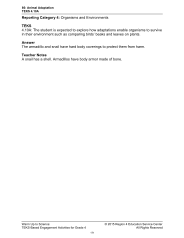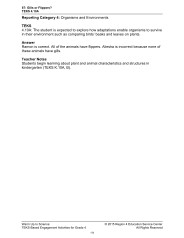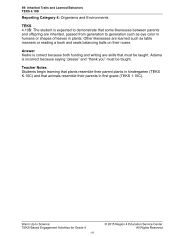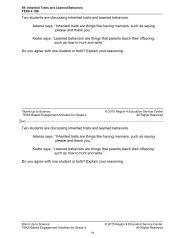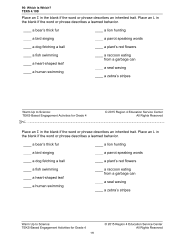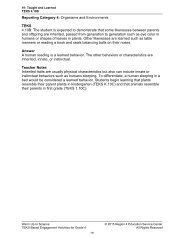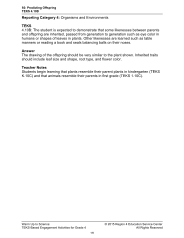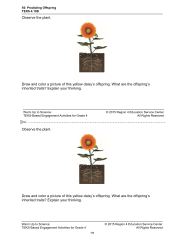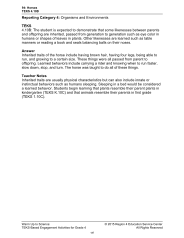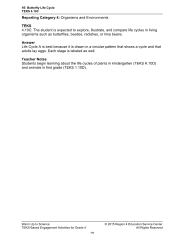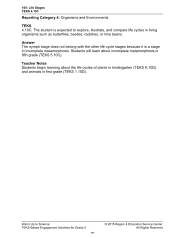Many of the warm-up activities ask students to record the question and their answers in
a notebook,
which reduces the number
of copies needed. Keeping a science notebook also provides an effective way for students to save information about
experiences
for future use and to reflect upon those experiences (Marcarelli, 2010). The process of notebooking
creates a space for students to reflect about experiences and encourages insight into activities,
allows students opportunities to create,
encourages students to process what they are learning,
allows for the free flow of
students’ ideas and feelings,
gives a broader perspective over time and encourages
students to reread and identify recurring themes,
provides students with a safe format to communicate in a healthy and constructive way, and
involves student expression and exploration of thought.
An interactive notebook is another tool students use in activating prior knowledge, recording learning experiences, and revising
their thinking about the topic or concept. The input is the content learned, and the output is reflective thought gained through
learning
experiences. Benefits of using an interactive notebook include developing students’ thinking
skills, increasing
communication, and differentiating instruction (Marcarelli, 2010).
References
Keeley, P. (2008). Science formative assessment: 75 practical strategies for linking assessment, instruction, and learning.
Thousand Oaks, CA: Corwin Press.
Marcarelli, K. (2010). Teaching science with interactive notebooks. Thousand Oaks, CA: Corwin.
Region 4 Education Service Center. (2014). Warm
up to science: TEKS-based
engagement activities series, grade 5. Houston,
TX: Author.
Region 4 Education Service Center. (2011). Gateways to science STAAR edition, grade 4. Houston, TX: Author.










































































































































































































































































